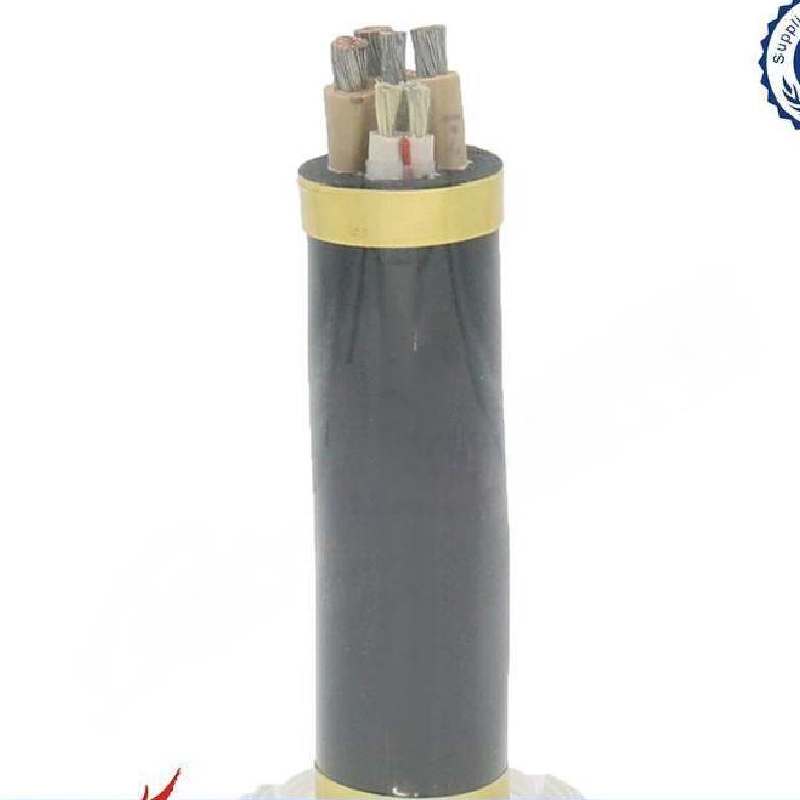9 月 . 28, 2024 22:44 Back to list
Flanged Butterfly Valve Specifications and Applications for Optimal Flow Control
Flange Butterfly Valve An Essential Component in Fluid Management
In the world of industrial fluid management, various types of valves play a crucial role in controlling the flow of liquids and gases. Among these, the flange butterfly valve stands out due to its unique design and functionality. This article explores the principles, applications, advantages, and maintenance of flange butterfly valves.
What is a Flange Butterfly Valve?
A flange butterfly valve is a quarter-turn valve that consists of a disc that rotates around a pivot to regulate flow. The valve is installed between two flanges in a pipeline, allowing for straightforward assembly and disassembly. The design is characterized by its compact structure, lightweight, and the ability to open and close rapidly. The disc is positioned in the center of the pipe, and when the valve is closed, the disc completely obstructs the flow. When turned 90 degrees, the disc allows for free flow through the pipe.
Applications
Flange butterfly valves are widely used across various industries. Their primary applications include water treatment plants, HVAC systems, chemical processing, and food and beverage manufacturing. In water distribution systems, these valves help in controlling the flow and pressure of water. In the chemical industry, they regulate the flow of corrosive substances while providing a reliable and tight seal. Additionally, in HVAC systems, they manage airflow efficiently, making them essential for maintaining temperature and air quality.
Advantages of Flange Butterfly Valves
1. Space Efficiency One of the significant advantages of flange butterfly valves is their compact design. They require significantly less space compared to other valve types, such as gate or globe valves, making them ideal for installations with limited space.
2. Lightweight The materials used in the construction of flange butterfly valves make them lightweight. This characteristic simplifies transport and installation, reducing labor costs and time.
3. Quick Operation The quarter-turn operation enables rapid opening and closing, which is essential in emergency situations or applications requiring fast response.
4. Cost-Effective Flange butterfly valves tend to be more economical than many other valve types, making them a favorite choice for budget-sensitive projects without compromising quality.
flange butterfly valve

5. Versatility They can handle various media, including water, gases, and viscous fluids, and can be made from different materials, such as metal, plastic, and rubber, to suit specific applications.
Maintenance of Flange Butterfly Valves
Regular maintenance is critical to ensuring the longevity and reliability of flange butterfly valves. Here are some key maintenance practices
1. Regular Inspection Routine inspections should be conducted to check for wear, corrosion, or damage to the valve components. This helps identify issues before they lead to catastrophic failures.
2. Lubrication Ensure that the valve's shaft and sealing mechanisms are properly lubricated. This reduces friction during operation and helps maintain a tight seal.
3. Sealing Replacement Over time, the rubber or polymer seals may degrade. Regularly check the integrity of these seals and replace them as needed to prevent leaks.
4. Cleaning Periodically clean the valve to remove debris and buildup that could affect its operation. This is particularly crucial in applications involving food and beverages or corrosive chemicals.
5. Testing Conduct hydrostatic or pneumatic tests to ensure that the valve operates correctly under pressure.
Conclusion
The flange butterfly valve combines efficiency, reliability, and cost-effectiveness, making it an indispensable component in fluid management systems across diverse industries. Understanding its design, advantages, applications, and maintenance requirements ensures that operators can maximize the performance and lifespan of these vital valves. As industries continue to evolve, the flange butterfly valve will remain a key player in optimizing fluid control processes.
Share
-
Understanding the Differences Between Wafer Type Butterfly Valve and Lugged Butterfly ValveNewsOct.25,2024
-
The Efficiency of Wafer Type Butterfly Valve and Lugged Butterfly ValveNewsOct.25,2024
-
The Ultimate Guide to Industrial Swing Check Valve: Performance, Installation, and MaintenanceNewsOct.25,2024
-
Superior Performance with Industrial Swing Check Valve: The Essential Valve for Any SystemNewsOct.25,2024
-
Industrial Swing Check Valve: The Ideal Solution for Flow ControlNewsOct.25,2024
-
You Need to Know About Industrial Swing Check Valve: Functionality, Scope, and PerformanceNewsOct.25,2024